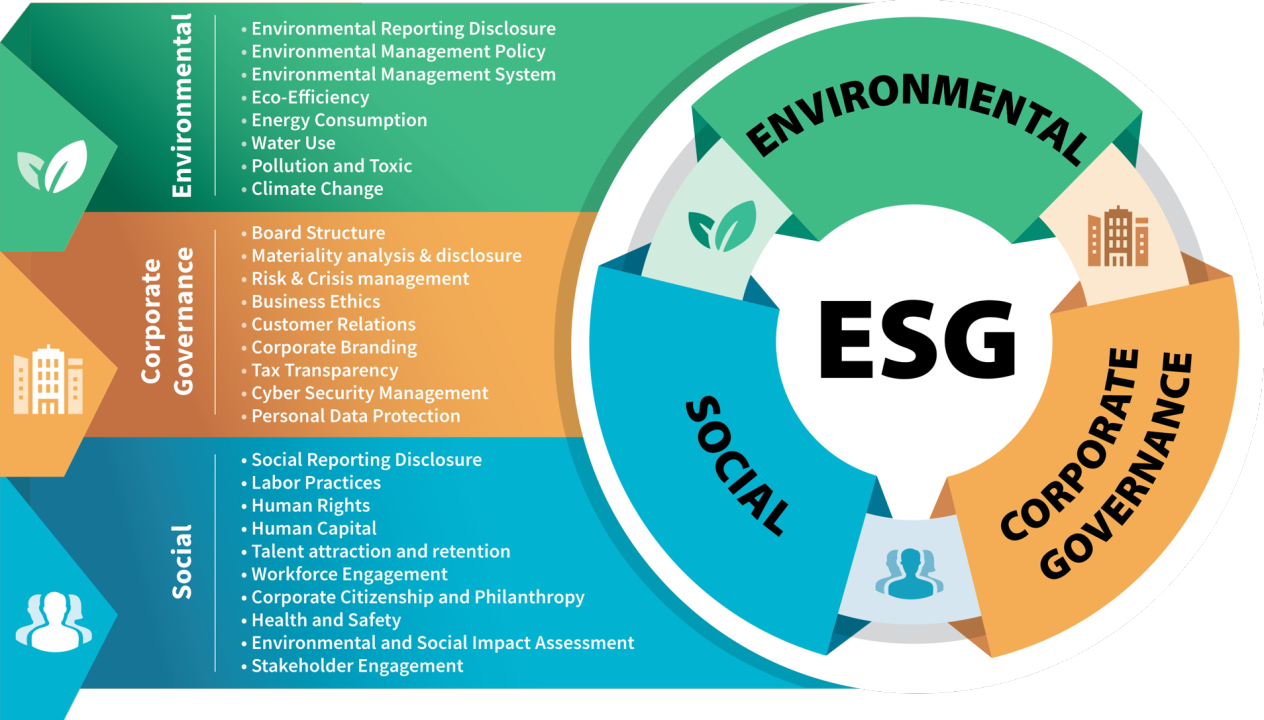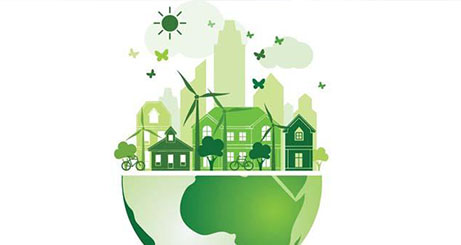‘Sustainability’ is more of a fashionable word today. Its espousal can be done at multiple levels in varied ways, but the true essence of sustainability prevails only when the positive impacts are realized. Today, the depleting resources and climate change are alarming and we are left with no choice but to adopt the green way of life.
“Sustainability is an integrated applicative effort considering the social, economic, and environmental aspects for any activity. A Green Building is the practice of creating structures and using processes that are environmentally responsible and resource-efficient”
The impacts of sustainability or the green way of life can be noted from micro, macro extending up to global level. An appraisal of energy efficiency goals and parallel targets often drives major stakeholders with intended communication to relevant groups for successful policymaking. The well-defined goals that are feasible, achievable, reasonable, and convey the benefits from a long and short-term vision have been the path drivers. The 17 - Sustainable Development Goals are a call for action by all underdeveloped, developing, and developed countries to promote prosperity while protecting the planet with a long-term vision of economic growth addressing education, health, poverty, gender equality.
Out of the 17 goals, 9 goals are focused on environment-friendly construction and development with a wider vision to protect the environment due to the harsh impacts of buildings and infrastructure. All these goals are integrated and linked to each other. They should not be visioned in solitude and should be merged for a broader influence towards compliance. The 9th goal of “Industry Innovation and Infrastructure” emphasizes the strategies to be followed towards sustainable construction focusing on the usage of alternatives and better resources, locally sourced products, and materials, having a minimum dependency on natural resources. Adopting an efficient way for construction with improved technologies and standards is promoted further with the global impact of carbon footprint reduction.
The use of renewable or clean energy is integrated for an outcome-focused to support the cause and impact transitioning the global economy. The encouraging sign with the 7th goal, energy is becoming more sustainable and widely available with alternative solutions. Renewable energy solutions are becoming cheaper, more reliable, and more efficient every day. Clean energy works by producing power without having negative environmental impacts, such as the release of greenhouse gases like carbon dioxide. Clean energy appears to be the future for the power needs of humanity across the globe as the reliance on fossil fuels continues to diminish.
While the 11th goal emphasizes making cities sustainable, it encompasses assets in public transport, creating green public spaces, and improved urban planning and management in participatory and inclusive ways. Strong public transport network with EV charging stations, universal accessibility, access to green spaces, improved water conservation, and wastewater management, reduction of CO2 emissions, execution of green construction are a few initiatives taken under consideration. National Smart Cities Mission is an urban renewal and retrofitting program by the Government of India with the mission to develop smart cities across the country, making them citizen-friendly and sustainable.
The ideal green building would be a building project that would allow us to safeguard most of the natural environment around the project site, while still being able to produce a building that is going to serve a function. Its construction and operation will promote a healthy atmosphere for all involved, and it will not interrupt the land, water, resources and energy in and around the building. This can be the actual definition of a green building. Green buildings will aim and contribute towards minimizing the environmental impact. Their performance, in the long run, will lead to sustainable construction additionally delivering several long-term benefits to the building owners and the users. They contribute towards lower development costs, lower operating costs, enhanced comforts, healthier indoor environmental quality, and boost durability with much fewer maintenance costs. The executions and branding for green practices by the developer community have twinkled the awareness light amongst the end-users also that can help in the long-term vision accomplishment of Sustainable Development Goals.
Engineering and Infrastructural technology have great potential to equip the next generation with safer, more reliable homes and cities. And as the whole world faces the effects of climate change, the global community has to work together towards achieving a common goal of sustainability. The Goals affect all 7 billion people on Earth and for them to be met, it is crucial that everyone is aware of and has knowledge of them. Only then can we take action and contribute to making the world a better place.



Leave a Reply
Your email address will not be published. Required fields are marked *